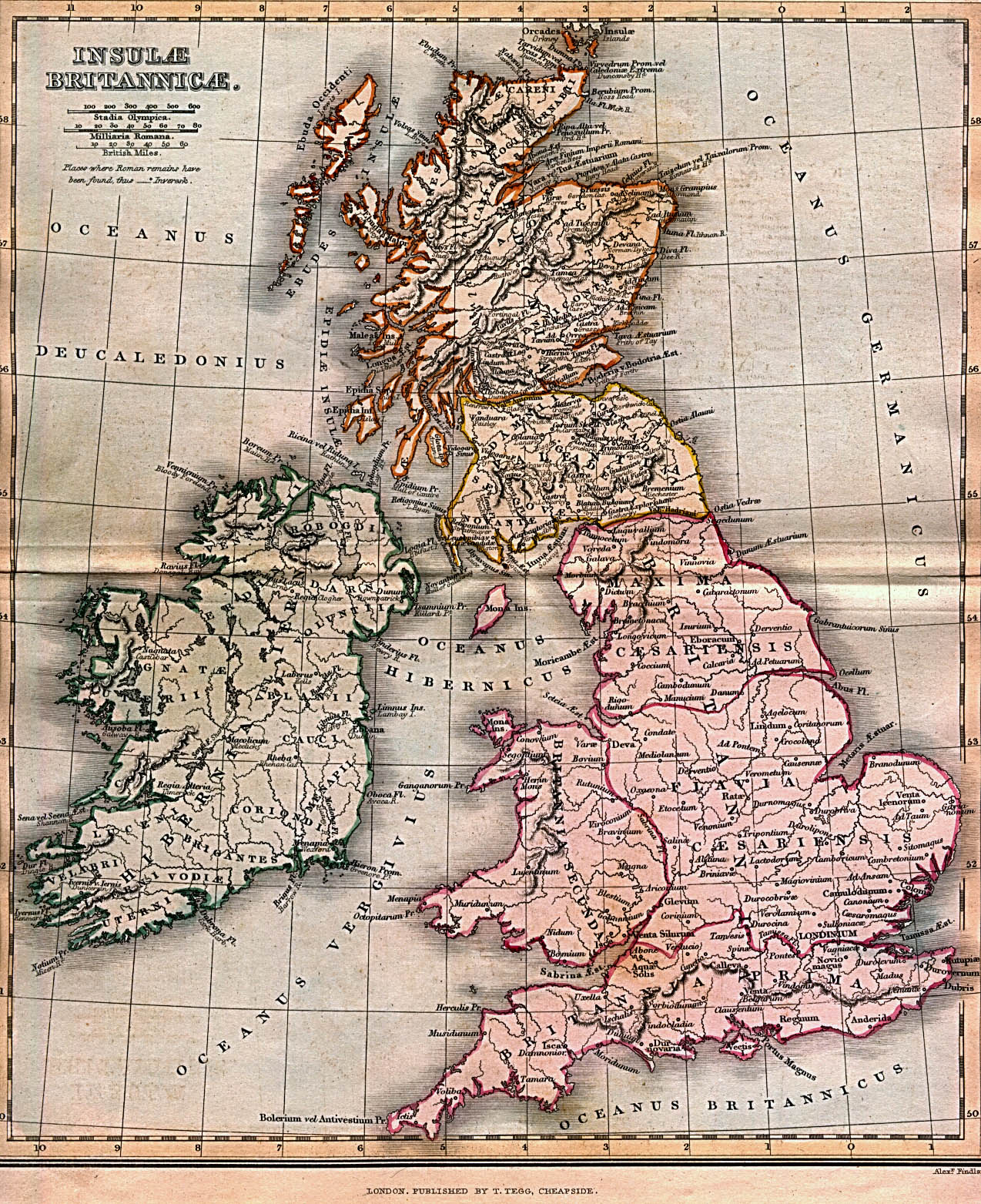The Setting
From Ars Magica
m (→The name of the local town.) |
m |
||
| Line 81: | Line 81: | ||
[http://homepage.mac.com/philipdavis/lists.html Lists of Medieval Fortified Sites of England and Wales] | [http://homepage.mac.com/philipdavis/lists.html Lists of Medieval Fortified Sites of England and Wales] | ||
| + | |||
| + | |||
| + | http://www.trytel.com/~tristan/towns/towns.html many many medieval articles | ||
Revision as of 16:06, 24 January 2006
The name of the local town.
Shrewsbury, Shropshire and Salop – what’s the history?
|
Civitas Scrobensis |
901 A.D. |
Source:http://www.shropshire.gov.uk/archives.nsf/open/A8320817C6EB345C8025701500380C1B Copy of pertinent information:
Shrewsbury, Shropshire and Salop – what’s the history?
The earliest documented names for Shrewsbury are civitas Scrobensis (901), Scropesbyrie (1006) and Scrobbesbyrig (in 1016). Some scholars believe that these names derive from the Old English worlds ‘scrubb’ meaning scrubland and ‘burh’ meaning fortified place. Scrobbesbyrig, therefore, means a fortified place in the scrubland. Others suggest that it is really ‘Scrobb’s burg’ – Scrob being a nickname for a gruff person. Over the years, Scrobbesbyrig became corrupted to Shrovesbury and later Shrousbury and Shrowsbury. The spelling Shrewesbury is found in documents of 1396. There is much debate now about which is the correct pronunciation - ‘Shrows-bury’ or ‘Shrewsbury’ but both heard locally. The town of Shrewsbury is sometimes referred to as Salop and locals often refer to themselves as Salopians. This dates from the Norman period. The French speakers found ‘Scrobbes’ difficult to pronounce and simplified it to Sarop (which later became Salop). Salop is found as the name of the town in 13th century documents. The County of Salop was used as the administrative title for the county between 1888 and 1974, while Shropshire referred to the geographical county. To simplify matters, in 1974, the County Council took the name Shropshire County Council.
Shrewsbury - 13th Century History
SHREWSBURY IN THE MIDDLE AGES
Shrewsbury began as a Saxon settlement. It was first mentioned in the year 901. Its place name ending 'bury' showed it was once a fortified settlement called a burgh.(The Saxons created a network of fortified settlements across England). Shrewsbury was probably protected by a ditch with an earth rampart and a wooden stockade. In the 10th century Shrewsbury had a mint so it must have been a fairly important place. At the time of the Domesday Book in 1086 Shrewsbury probably had a population of about 1200. It would seem tiny to us but towns were very small in those days.
The Normans built a wooden fort at Shrewsbury. However in 1069 a rebellion occurred and the rebles laid siege to the fort. When Norman reinforcements arrived the rebels set the town alight then fled. Although part of Shrewsbury burned the town soon recovered. (Fire, whether deliberate or accidental was a constant hazard in the Middle Ages when most buildings were of wood with thatched roofs. On the other hand if they burned down they could easily be rebuilt).
Shrewsbury Abbey was founded in 1083 by Roger de Montgomery the first Earl of Shrewsbury. The same man built a castle in Shrewsbury to replace the rough wooden fort.
In the Middle Ages Shrewsbury flourished. By the 12th century it had 2 bridges. In the early 12th century King Henry I gave Shrewsbury a charter (a document granting the townspeople certain rights). King Richard I gave Shrewsbury a 2nd charter in 1189. In the 13th century stone walls were built around Shrewsbury.
By the 14th century Shrewsbury probably had a population of about 3,000. To us it would seem no more than a village but by medieval standards it was a fair sized town.
There was an important leather industry in Shrewsbury. There were skinners and tanners in the town as well as shoemakers and glovers. In the late Middle Ages Shrewsbury grew prosperous on the Welsh wool and flax trade. There were many drapers and tailors in Shrewsbury.
In the 13th century friars arrived in Shrewsbury. (Friars were like monks but instead of withdrawing from the world they went out to preach and help the poor). Franciscan friars were called grey friars because of their grey costumes. Dominican friars were called black friars. There were also Austin friars in Shrewsbury.
The Abbot's House in Butchers Row was built in the mid-15th century.
During the 13th century there was frequent warfare between the English and the Welsh. Shrewsbury was, obviously, in the front line because of its position. In 1215 Shrewsbury was captured by the Welsh under their leader Llewelyn the Great. However the Welsh only held the town for a short time. Nevertheless warfare between the English and the Welsh continued through the 13th century.
Then in 1403 the Battle of Shrewsbury was fought. A powerful noble called Henry (Harry) Percy (also known as Harry Hotspur) led a rebellion against the king and his forces marched to Shrewsbury. King Henry IV led a larger army against him and the two sides met in battle. At first the fighting was between archers and the rebels seemed to be gaining the upper hand. However when fighting began between men at arms the king's army prevailed. Crucially Harry Hotspur was killed ending the rebellion. The battle of Shrewsbury was a bloody one. How many men died is not known but the figure ran into many thousands.
The County of Shropshire


This page has a selection of maps, as a basis for discussions about the location of the game. Some maps show castle locations (where there are castles, there are bothersome nobles), roads (nosy passersby), roman-latin nomenclature, etc.





Lists of Medieval Fortified Sites of England and Wales
http://www.trytel.com/~tristan/towns/towns.html many many medieval articles
